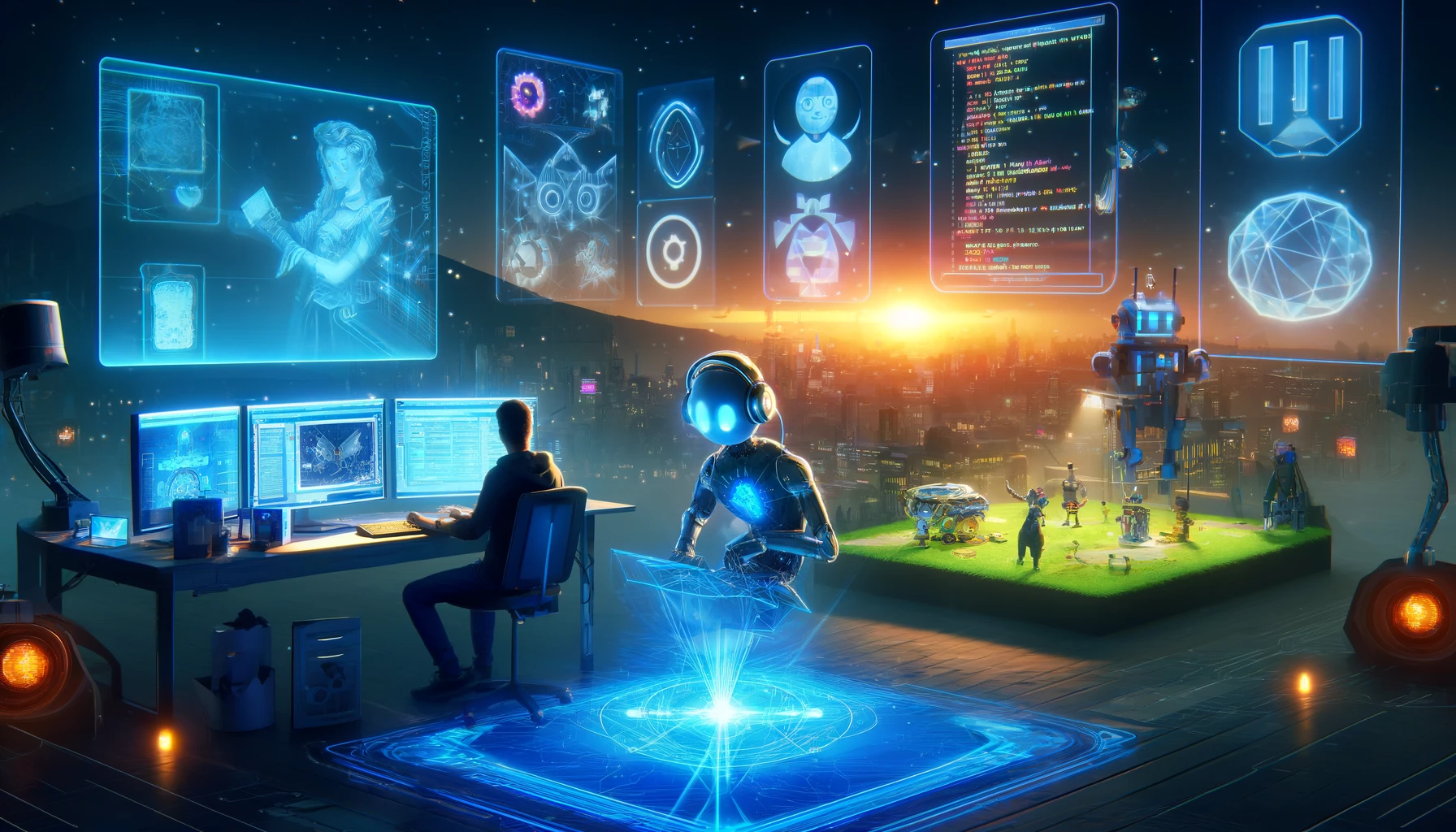· 2 min read
Procedural Content Generation: How AI Creates Unique Game Worlds
Discover how AI-driven procedural content generation is revolutionizing the gaming industry by creating unique and immersive game worlds.

Procedural Content Generation: How AI Creates Unique Game Worlds
In the ever-evolving world of gaming, procedural content generation (PCG) has emerged as a groundbreaking technique. Leveraging the power of artificial intelligence (AI), PCG enables developers to create expansive, diverse, and unique game worlds that keep players engaged and immersed. This blog explores how AI-driven procedural content generation works, its benefits, and its impact on the gaming industry.
What is Procedural Content Generation?
Procedural content generation refers to the automatic creation of game content through algorithms and AI. Instead of manually designing every aspect of a game, developers use PCG to generate landscapes, levels, characters, and more. This approach not only saves time and resources but also ensures that each playthrough offers a fresh and unique experience.
How AI Powers Procedural Content Generation
AI algorithms play a crucial role in procedural content generation. By analyzing vast amounts of data and learning from patterns, AI can create realistic and complex game environments. For instance, in a procedurally generated landscape, AI can determine the placement of mountains, rivers, forests, and even the distribution of flora and fauna. This results in game worlds that are not only vast and varied but also believable and immersive.
Benefits of Procedural Content Generation in Games
- Infinite Replayability: With PCG, no two playthroughs are the same. This infinite variety keeps players coming back for more, as they explore new landscapes and face different challenges each time.
- Resource Efficiency: PCG allows developers to create large amounts of content without the need for extensive manual labor. This efficiency enables smaller studios to produce high-quality games with limited resources.
- Enhanced Creativity: AI-driven PCG can generate content that surprises even the developers, leading to creative and unexpected game elements that enhance the player’s experience.
Examples of Procedural Content Generation
Games like Minecraft, No Man’s Sky, and Rogue Legacy have successfully implemented procedural content generation to create their expansive worlds. These games use algorithms to generate everything from terrain to quests, providing players with endless possibilities and adventures.



